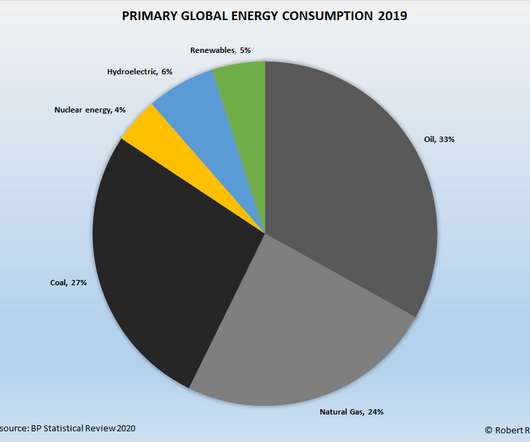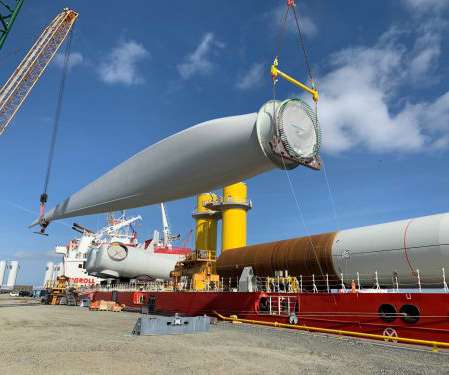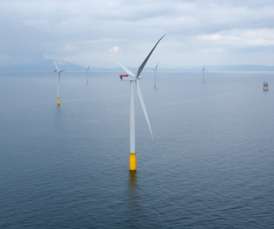Fossil Fuels Still Supply 84 Percent Of World Energy
R-Squared Energy
JUNE 28, 2020
last year, which was less than half the rate of 2018 (2.8%). The remainder of global energy consumption came from coal (27%), natural gas (24%), hydropower (6%), renewables (5%), and nuclear power (4%). The share of renewables in power generation increased to 10.4%, surpassing nuclear power for the first time.

















Let's personalize your content